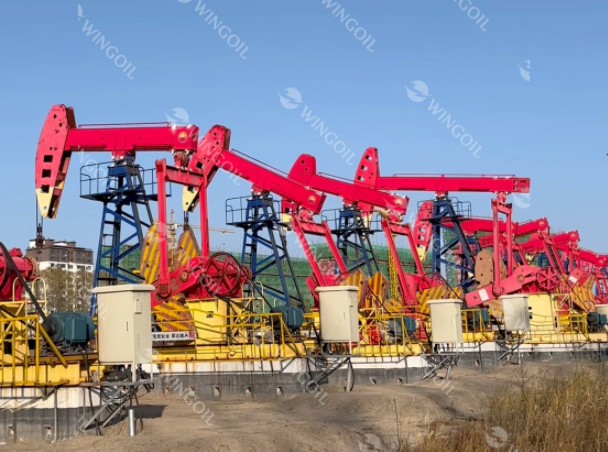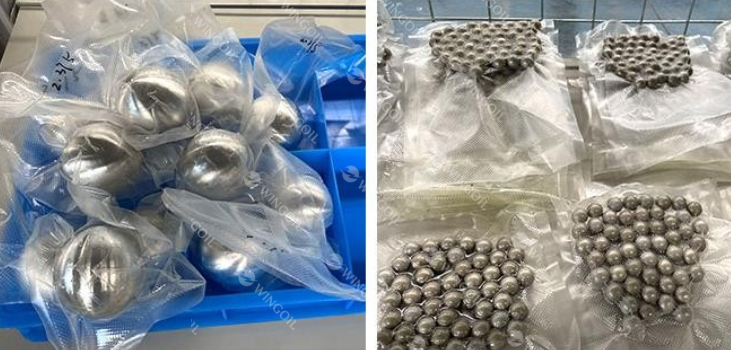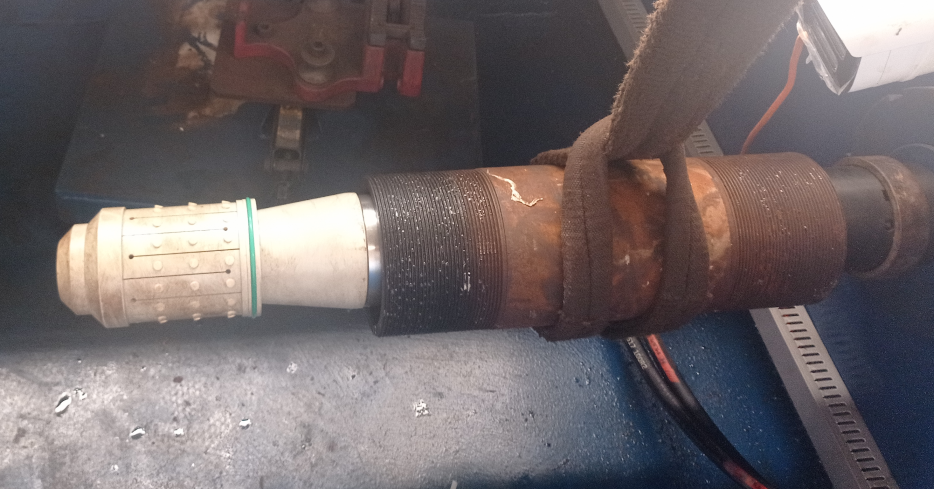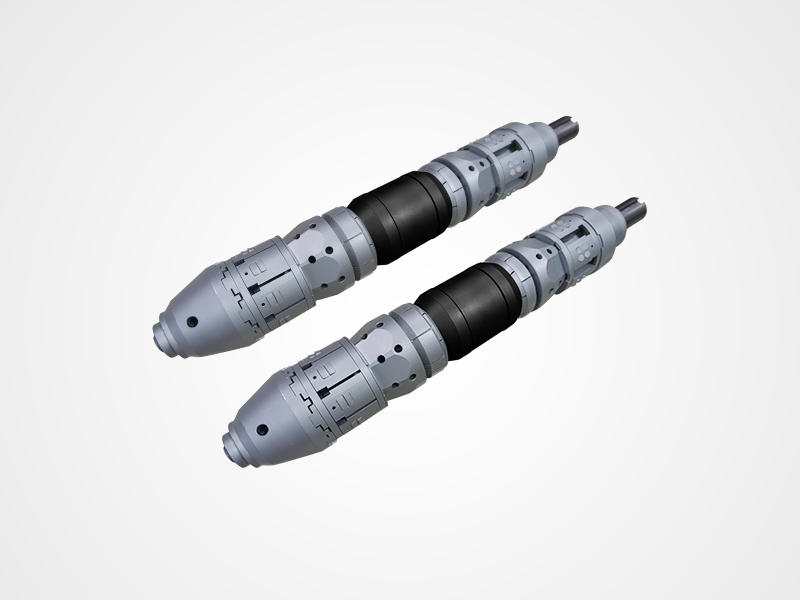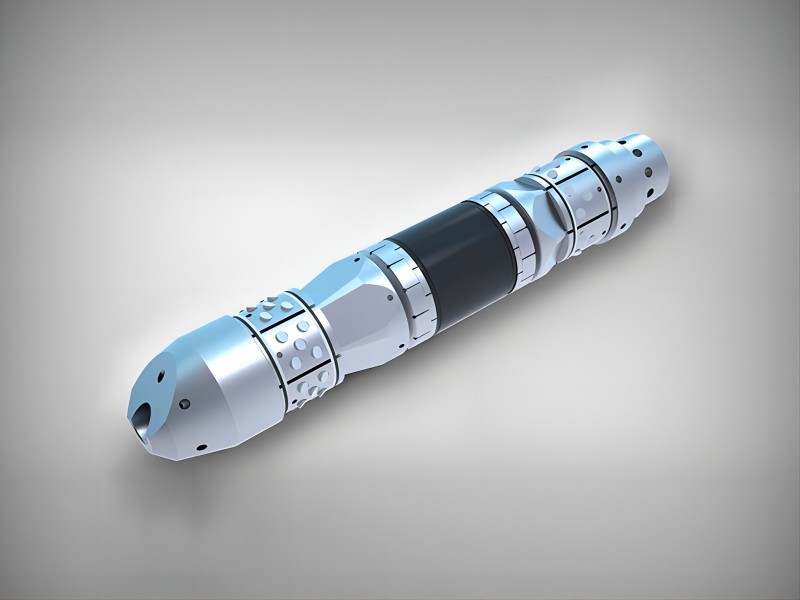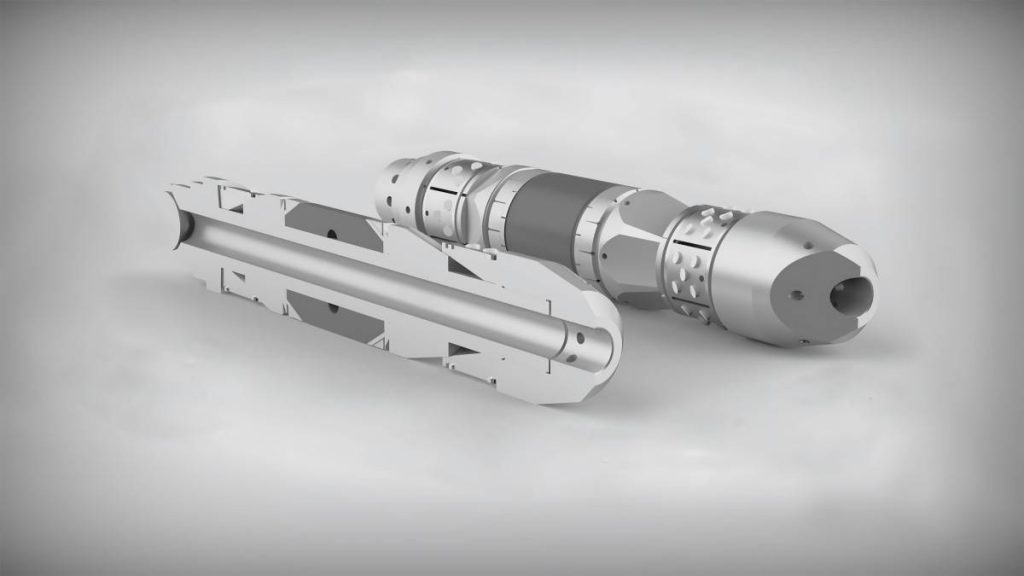Dissolvable Magnesium Alloys: An Innovative Material for Oil and Gas Production
The oil and gas industry constantly seeks innovative solutions to improve efficiency and reduce environmental impact. In this pursuit, dissolvable magnesium alloys have emerged as a game-changer. These specially formulated alloys possess the remarkable ability to dissolve under specific downhole conditions, offering a multitude of benefits for oil and gas well operations.
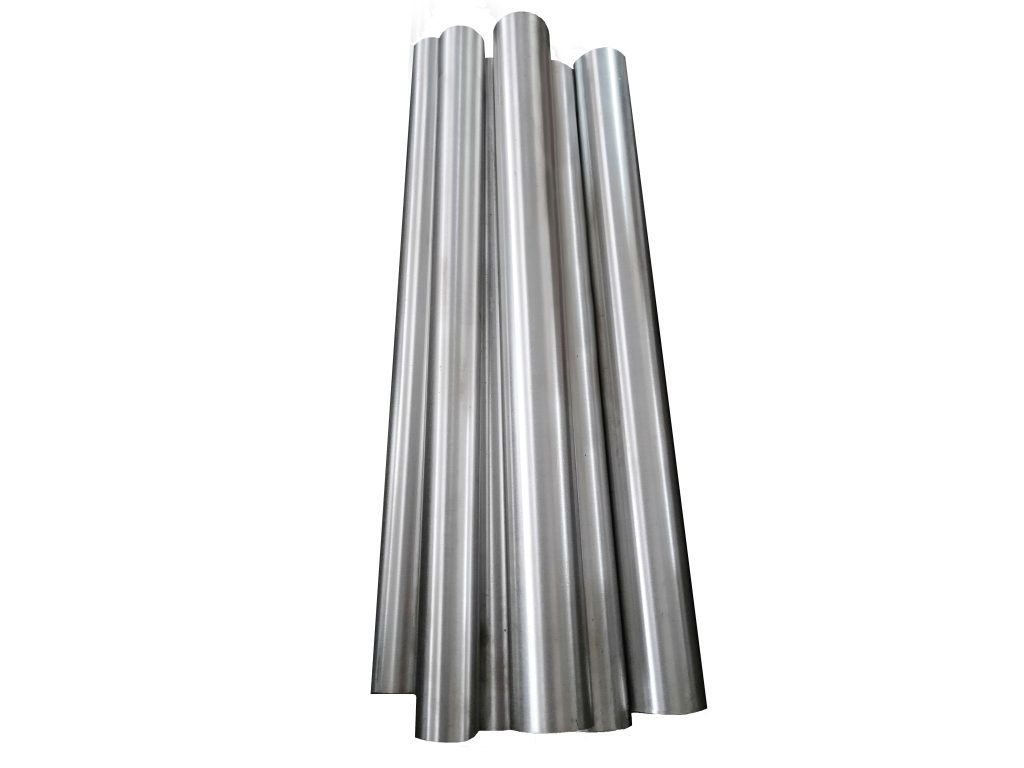
What are Dissolvable Magnesium Alloys?
Dissolvable magnesium alloys are a unique class of magnesium-based materials engineered to degrade and dissolve in controlled environments. Unlike traditional metals, these alloys incorporate specific elements like aluminum, zinc, nickel, and copper. The precise ratios of these elements, along with controlled heat treatment processes, influence the alloy’s microstructure and electrochemical properties, ultimately determining its dissolution behavior under specific downhole conditions such as temperature, pressure, and chemical composition.
Dissolvable magnesium alloys boast several key characteristics that make them ideal for downhole applications in oil and gas wells:
- High Strength: They possess impressive tensile and yield strengths, enabling them to withstand the high-pressure environments encountered within wells.
- Good Ductility: A certain degree of elongation allows for efficient processing and fabrication of these alloys into various downhole tools.
- Controllable Dissolution Rate: By meticulously tailoring the alloy composition and employing specific heat treatment processes, engineers can precisely control the rate at which the alloy dissolves in different downhole environments.
- Environmentally Friendly: Magnesium is a naturally occurring element that degrades readily in the environment, minimizing the potential for long-term ecological damage.
Revolutionizing Downhole Tools with Dissolvable Magnesium Alloys
Dissolvable magnesium alloys are finding diverse applications within oil and gas wells, offering a multitude of benefits compared to conventional materials. Here’s a closer look at some of the most prominent applications:
- Dissolvable Frac Balls: Hydraulic fracturing, or fracking, is a well-stimulation technique that utilizes fracturing balls to separate oil and gas-bearing formations. Traditionally, these balls were made of metal or plastic, requiring retrieval after the fracturing process. Dissolvable magnesium alloy fracturing balls, like those formulated with Mg-Zn-Ca-Ni-Cu, offer a significant advantage. Once the fracturing operation is complete, these balls dissolve within the formation, eliminating the need for retrieval and minimizing environmental concerns associated with discarded materials.
- Dissolvable Frac Plugs: Frac plugs are temporary or permanent downhole barriers used to isolate specific zones within the wellbore. Similar to fracturing balls, dissolvable magnesium alloy frac plugs, such as those made from Mg-10Gd-4Y alloy, dissolve after fulfilling their purpose. This eliminates the complex and time-consuming process of drilling out and retrieving conventional frac plugs, leading to faster well completion times and reduced operational costs.
- Sacrificial Anodes: Oil well casings are susceptible to corrosion due to exposure to harsh downhole environments. Sacrificial anodes, typically made from less noble metals, are installed to protect casings by corroding preferentially. Dissolvable magnesium alloys are proving to be effective sacrificial anodes, offering long-lasting cathodic protection for casings. Their ability to dissolve eliminates the need for replacement, reducing maintenance requirements and environmental impact.
- Other Downhole Tools: The versatility of dissolvable magnesium alloys extends beyond fracturing balls, bridge plugs, and sacrificial anodes. These alloys are being explored for the development of various downhole tools, including isolation balls, packers, and setting tools. The ability of these tools to dissolve after completing their tasks translates to reduced well intervention needs, lower operational costs, and a minimized environmental footprint.
- Environmentally Friendly Drilling Fluids: Drilling fluids play a crucial role in wellbore stability, lubrication, and cuttings removal. Certain dissolvable magnesium alloy formulations are being incorporated into drilling fluid systems, such as the MEG drilling fluid system. These magnesium-enhanced drilling fluids offer additional benefits like preventing wellbore collapse, improving lubrication for drill bits, and enhancing cuttings carrying capacity. Moreover, the dissolvable nature of the magnesium component minimizes the environmental impact of the drilling fluid system.
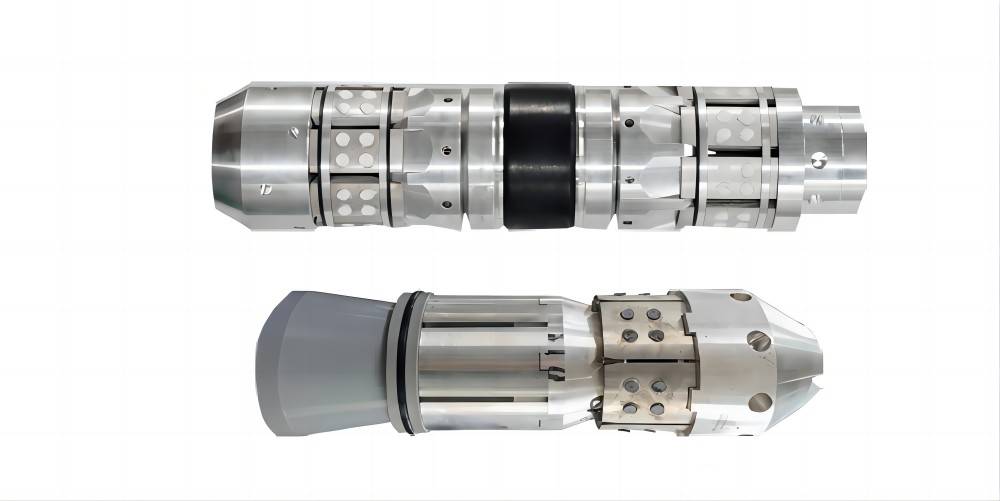
Environmental Benefits of Dissolvable Magnesium Alloys
The environmental advantages of dissolvable magnesium alloys are a major driving force behind their adoption in the oil and gas industry. Here’s a closer look at how these alloys contribute to a more sustainable approach to oil and gas production:
- Reduced Environmental Pollution: Conventional downhole tools often require retrieval after use. This process can lead to accidental spills or improper disposal, potentially contaminating soil and water resources. Dissolvable magnesium alloys degrade naturally, eliminating the risk of long-term environmental damage associated with lost or improperly disposed-of downhole tools. For instance, Mg-Ni-Cu alloy fracturing balls dissolve predictably downhole, minimizing the risk of groundwater contamination.
- Sustainable Oil and Gas Extraction Practices: The oil and gas industry is constantly seeking ways to minimize its environmental footprint. Dissolvable magnesium alloys contribute to this goal by promoting a life-cycle approach to well operations. From fracturing and well completion to production and abandonment, these alloys can be strategically utilized throughout the well’s lifespan to reduce waste generation and environmental impact.
- Reduced Operational Footprint: The elimination of retrieval procedures associated with conventional downhole tools translates to a smaller operational footprint for oil and gas companies. This translates to fewer personnel and equipment required on-site, leading to a reduction in energy consumption and greenhouse gas emissions. Additionally, the streamlined nature of operations using dissolvable magnesium alloys can potentially shorten well completion times, further minimizing the environmental impact of oil and gas production.
Challenges and Future Considerations
Despite the numerous advantages they offer, dissolvable magnesium alloys also present certain challenges that need to be addressed:
- Tailoring Dissolution Rates: Precise control of dissolution rates across diverse downhole environments remains a crucial area of focus. Factors like temperature, pressure, and brine composition can influence the dissolution rate of these alloys. Ongoing research and development efforts are aimed at creating alloys with even more precisely tailored dissolution profiles to ensure optimal performance under various well conditions.
- Cost Considerations: Currently, dissolvable magnesium alloys can be more expensive than some conventional downhole tool materials. However, as their adoption becomes more widespread and production scales up, the cost is expected to decrease. Additionally, the long-term economic benefits associated with reduced retrieval operations and environmental compliance can offset the initial cost premium.
- Long-Term Performance Evaluation: While extensive laboratory testing is conducted on dissolvable magnesium alloys, long-term real-world performance data remains relatively limited. Continued monitoring and evaluation of these alloys in actual downhole environments are essential to fully understand their long-term behavior and potential impact on well integrity.

Conclusion
Dissolvable magnesium alloys represent a significant leap forward in environmentally conscious oil and gas production practices. Their unique combination of functionality and environmental responsibility offers a compelling alternative to traditional downhole tools. By addressing the remaining challenges associated with dissolution rate control, cost optimization, and long-term performance evaluation, dissolvable magnesium alloys have the potential to become a cornerstone of a more sustainable future for the oil and gas industry. As the industry strives to balance energy production with environmental stewardship, dissolvable magnesium alloys are poised to play a vital role in achieving this critical objective.
Wingoil‘s dissolvable magnesium alloys stand out for their advanced composition, customizable properties, and proven effectiveness in real-world applications. For oilfield operations seeking reliable and eco-friendly solutions, Wingoil’s dissolvable magnesium alloys are highly recommended. If you have any questions, please feel free to contact us.

